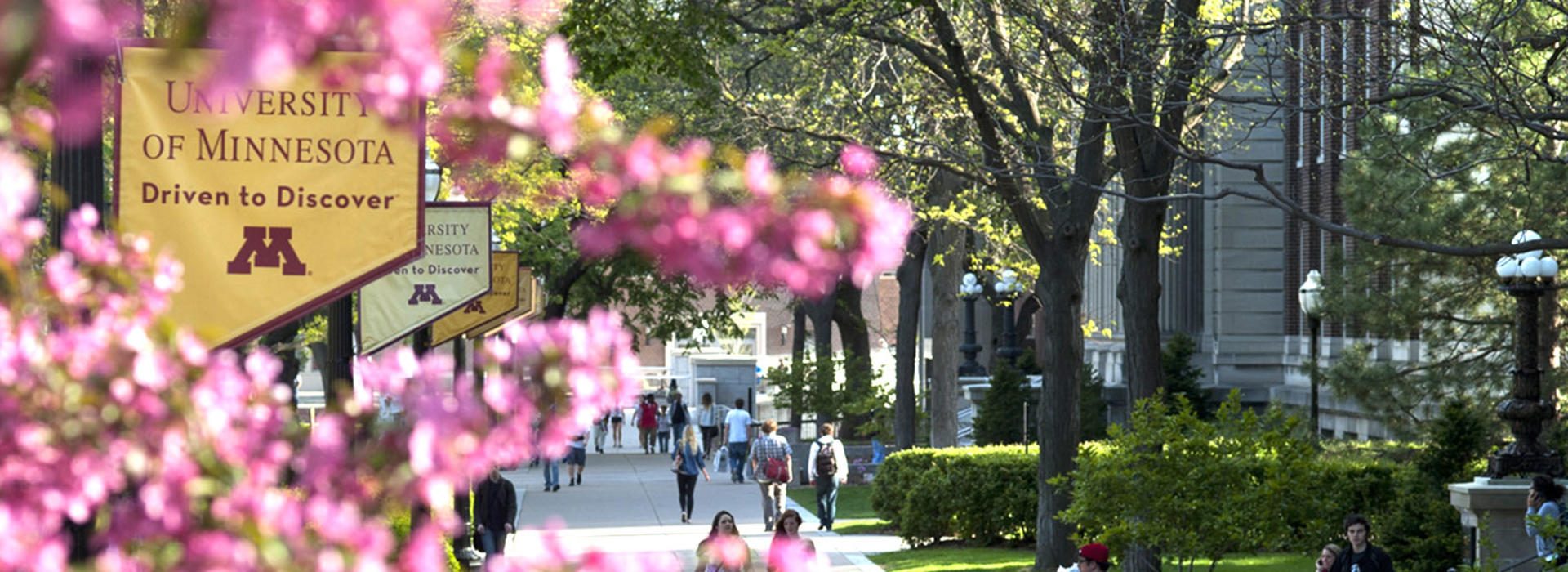
About Biology of Aging
The University of Minnesota’s Institute on the Biology of Aging and Metabolism is an interdisciplinary, trans-departmental endeavor across the University of Minnesota Medical School to advance research on the fundamental biology of aging. We are embracing the Geroscience approach to aging research. This stems from the knowledge that old age is the greatest risk factor for most chronic diseases, often by orders of magnitude. This includes diabetes, osteoarthritis, cancer, and Alzheimer’s disease. For decades, we have avidly managed disease risk factors, such as high cholesterol and blood pressure, yet ignored the greatest risk factor for disease: being old. Geroscientists aim to discover fundamental mechanisms of aging that can be therapeutically targeted to diminish the risk of all diseases of old age with a single intervention.
OUR VISION
The long-term vision of the Medical Discovery Team on the Biology of Aging and the Institute on the Biology of Aging and Metabolism is to discover ways to therapeutically target aging, which will enable extending the healthspan (the period of good health in old age) and quality of life for the elderly in the state of Minnesota and beyond.
OUR GOAL
Our goal is to recruit a cohesive, collaborative, and synergistic group of scientists to and within the University of Minnesota to lead research in the biology of aging. We focus on the pillars of aging identified by the field as key biological processes that universally change with age. iBAM will provide resources to facilitate and accelerate multidisciplinary research on aging, target and drug discovery, and translation. To facilitate this goal, the UMN medical school created the Institute on the Biology of Aging and Metabolism (iBAM), directed by the MDT leaders, with a broad membership across the school.
WHY OUR WORK MATTERS
Minnesota is in the middle of a period of 2 decades in which the number of residents over the age of 65 will nearly double. This huge demographic shift will have widespread impact on Minnesota’s economy, health care system and social services. iBAM is generously supported by the state of Minnesota.
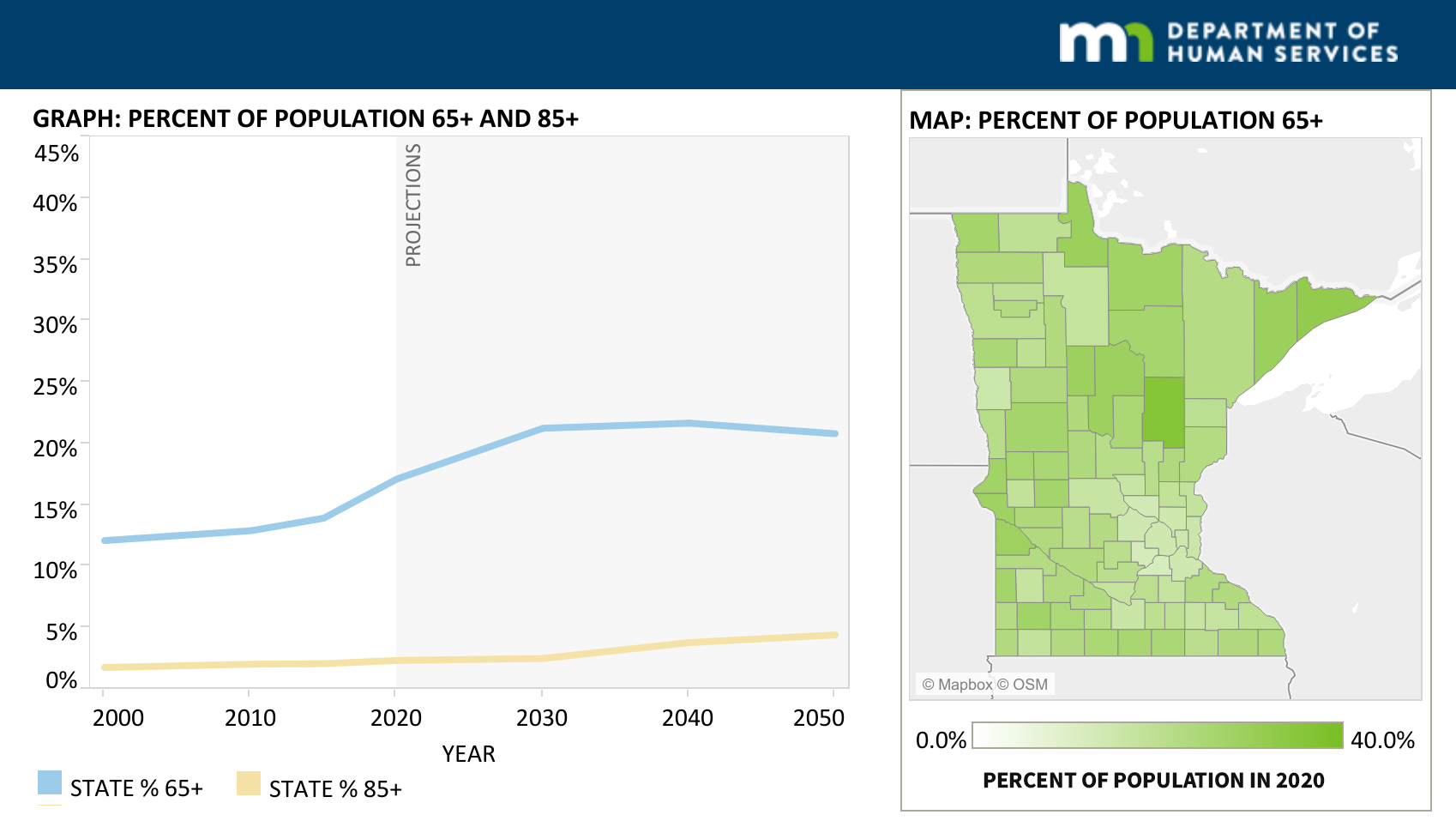
OUR COMMITMENT TO DIVERSITY AND INCLUSIVITY
iBAM is proud to encompass a diverse group of professionals. We strive to provide an environment where all cultural backgrounds are accepted and celebrated! Our workplace maintains a policy of inclusivity, where all individuals are valued and respected. We work together and provide equal opportunities for all employees. Our creativity and innovation come from a variety of new ideas, educational backgrounds, and cultural differences. All members of iBAM contribute to the success of our organization. Collectively, we are the future of science!
Where Discovery Creates Hope!
Our Team
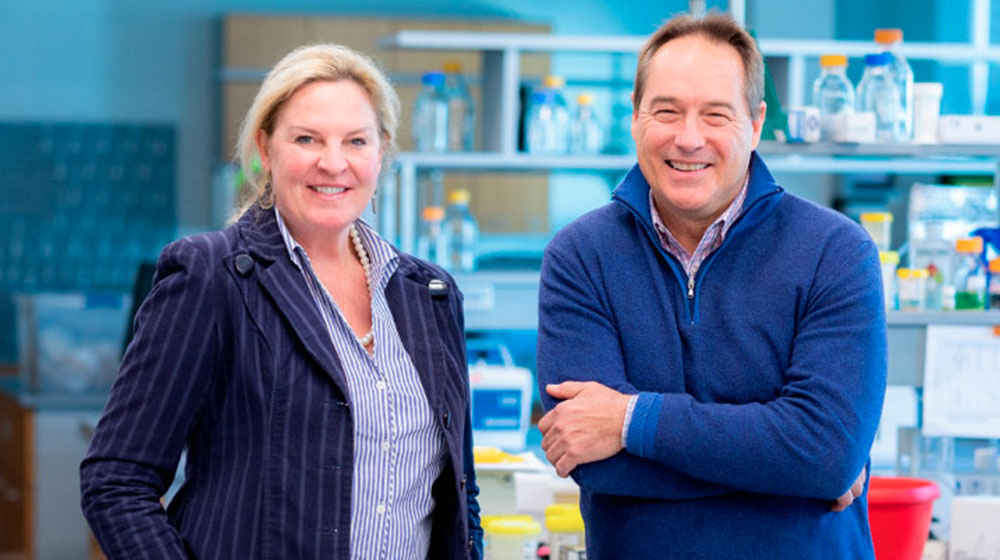
Laura Niedernhofer, M.D., Ph.D. and Paul Robbins, Ph.D. lead the Institute on the Biology of Aging and Metabolism.
Our Office
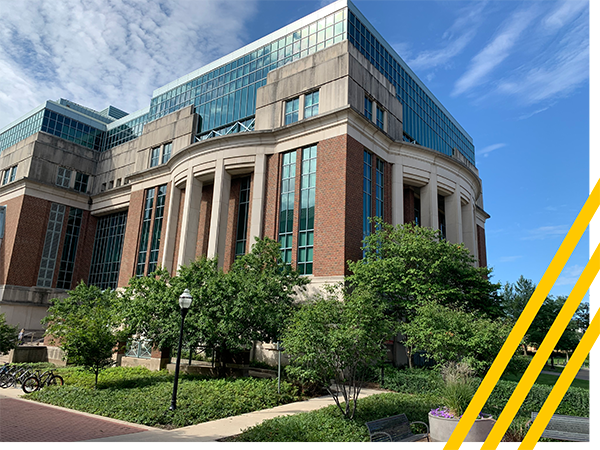
Nils Hasselmo Hall
312 Church St SE
Suite 4-104 to 4-115
Minneapolis, MN 55455
Visit our office
Mailing Address:
321 Church St. SE
6-155 Jackson Hall
Minneapolis, MN 55455
Shipping Address:
312 Church St. SE
NHH 4-290
Minneapolis, MN 55455
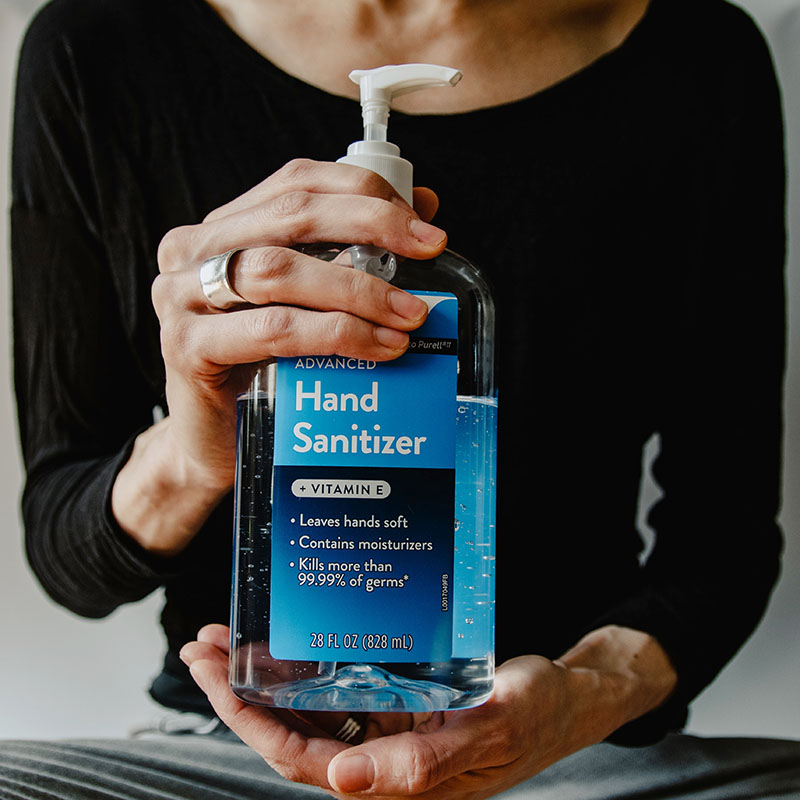
Why are elderly COVID-19 patients vulnerable to severe disease and death?
The Robbins and Niedernhofer labs are leading efforts to develop a new drug class called senolytics. These drugs kill senescent cells. Recent data from iBAM and colleagues at the Mayo Clinic show that removing senescent cells from old mice protects the mice from death upon infection with a SARS-CoV-2-like virus.1 This study supported three clinical trials testing senolytics in COVID-19 patients (NCT04476953, NCT04771611, NCT04537299 at ClinicalTrials.gov) and is supported by NIA (R01 AG063543-03S1 to UMN and R01 AG072301-01 to Mayo and UMN).